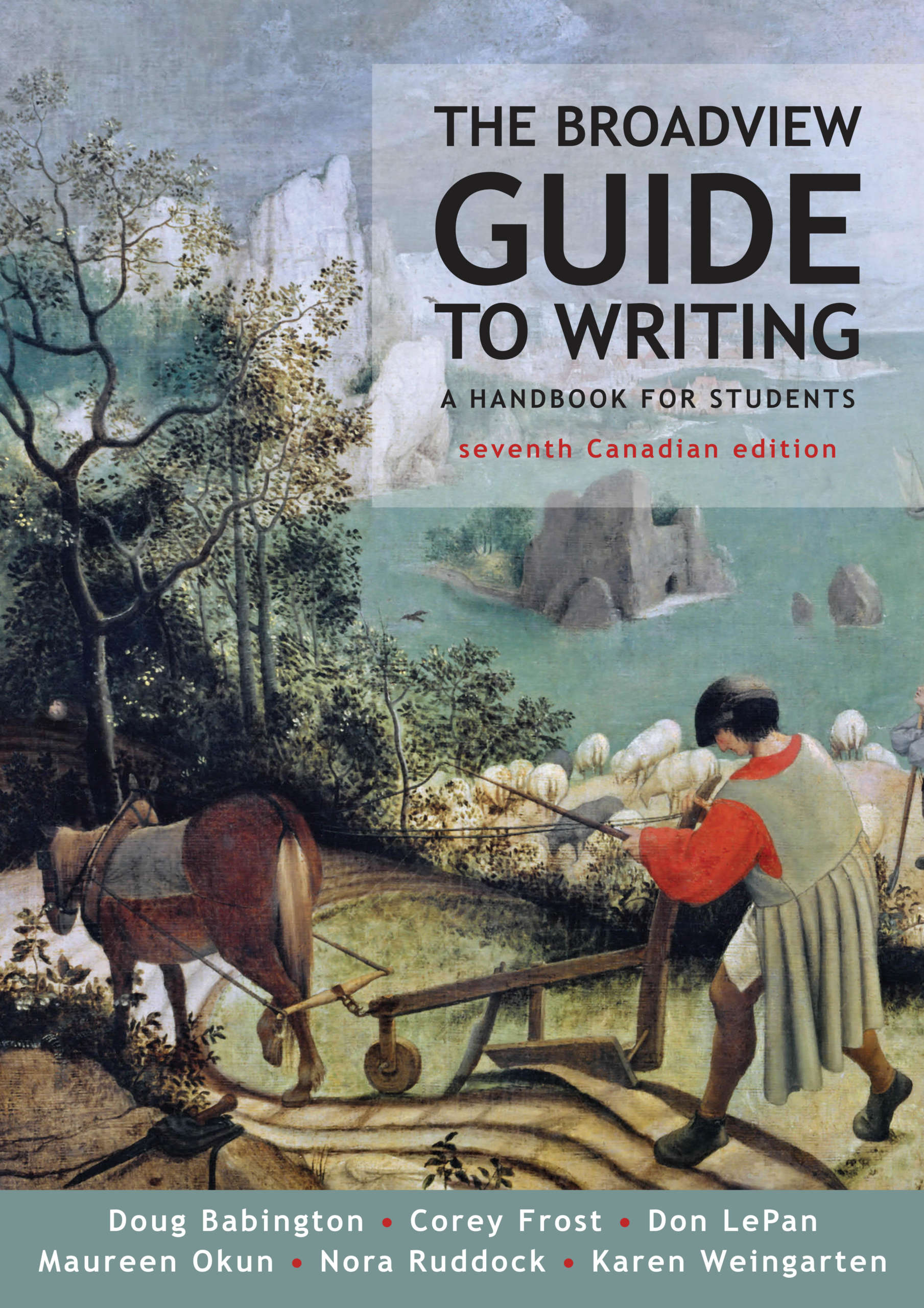The latest New Yorker carries a long article by Nathan Heller entitled “What’s Roiling the Liberal-Arts Campus.” Unlike the widely-read Atlantic article by Greg Lukanioff and Jonathan Haidt published last September (“The Coddling of the American Mind”), this one takes a largely positive view of campus unrest over a wide variety of issues, ranging from trigger warnings to college administrations’ treatment of people of color, people with disabilities, and people with sexual orientations that may not fit traditional categories. Whereas Lukanioff and Haidt, focusing largely on the trigger warnings controversy, fret in the Atlantic over whether students are too “coddled” and ask if calls for trigger warnings might spark a threat to academic freedom, Heller suggests that the “Firebrands,” as he calls today’s crop of protesters, are re-setting norms and may be “shifting the default settings of political culture.” But both articles seem to agree that what’s happening represents something fundamentally new—and something that’s becoming very widespread.
There are indeed some new and interesting things happening in many of these student protest movements (and perhaps some worrisome ones too, not least of all insofar as a seeming rise in anti-Semitism at many campuses is concerned). But how widespread are these sorts of radical protests over new sets of issues? Read these articles closely and you’ll see a very few campuses mentioned again and again. Repeatedly, it’s suggested that “America’s colleges and universities” generally (Lukanioff & Haidt) are being greatly affected by a new movement—or at the very least “the liberal-arts campus” (Heller) is undergoing something of a revolution. But the evidence provided is almost entirely anecdotal, and the same fifteen or twenty colleges—Oberlin, Amherst, Northwestern, and so on—crop up again and again in the examples. Fifteen or twenty out of well over 2,000. Maybe they are indeed representative—but where are the numbers? How widespread is all this?
Heller tells us that “when Wesleyan’s [student] newspaper published a controversial opinion piece questioning the integrity of the Black Lives Matter movement, some hundred and seventy people signed a petition that would have defunded the paper.” So there’s a number—170 students. Quite a few, perhaps, but to put it in another way, a little over 5% of Wesleyan’s student population of about 3,000.
In the previous paragraph Heller gives another number: after mentioning various controversies “in mid-November” of 2015 over racial and cultural issues at Yale, Claremont McKenna, and Ithaca College, Heller asserts that “more than a hundred other schools held rallies that week.” That number seemed surprisingly large to me. Granted, it would still be far, far smaller than the 500 or more campuses at which there were sometimes simultaneous demonstrations in the Vietnam War era. But my sense (as someone who spends a fair bit of time on a number of American campuses each term) was that, rightly or wrongly, the protests over these racial and cultural issues had been nothing like so widespread.
I googled, of course. There had indeed been that at least that many “mid-November” student protests—but the great majority of them had nothing to do with racial or cultural issues. So far as the number of protests are concerned, here’s the key November 12 news item (as phrased by the Reuters report): “Students hold demonstrations on university campuses across the United States to protest against ballooning loan debt for higher education and rally for tuition-free public colleges.” A worthy cause, I’d say, but not one that most people would automatically connect with protests about insensitive treatment of racial issues or inadequate trigger warnings—and not one that Heller focuses on in his article (though he does touch on the effects of economic hardship for some students).
One can argue, of course, that everything is connected—that every issue of class and education and race and sexual orientation and culture and the economy can be linked with every other issue, including high tuition fees and inadequate student loans. (Interestingly—and to their credit, I would say—the Million Student March of November 12 also called for an increase in wages for campus workers.) Arguably, though, explorations of the issues start to lose focus if they are trying to deal simultaneously with movements as disparate as the push for trigger warnings and Black Lives Matter. And certainly such explorations will leave a misleading impression if they reference the total number of student protests at a given time but neglect to mention that the majority of these protests were over an issue that the writer has not listed.
Heller is not alone in giving short-shrift to the issue of economic hardship for students. The New York Times carried several articles on culture-related and race-related student protests that week (including a November 15 1,600-word feature article on how a dean at Yale had been “Racked By Racial Protests” at that university), but—so far as I could see—no coverage at all of the large countrywide protests Thursday, November 12 over student loans and tuition fees. The Wall Street Journal seems not to have covered those November 12 protests either—though they too carried articles on culture and race-related student protests that week, and an op-ed feature with a predictable slant: “The Rise of the College Cry-bullies: The status of victim has been weaponized at campuses across the nation.” Elsewhere too, those November 12 protests seem to have received relatively little coverage in the media—though at least brief reports did appear in the Washington Post, USA Today, and Newsweek.com, among others. Overall, though, it would seem that the largest cause of student unrest in America is also the one that the media is giving the least attention.
I certainly wouldn't want to argue that protests over Black Lives Matter or gender issues or sexual orientation issues deserve any less coverage than they've been getting; all are important. But I would argue that the protests over the issue of the cost of higher education deserve more coverage. And if Hillary Clinton wants to improve her chances of getting young people out to vote and defeat Donald Trump, one would think she'd be well advised to pay a good deal of attention to this issue herself in the coming months.
Subscribe to:
Post Comments (Atom)





No comments:
Post a Comment
Comments welcome!